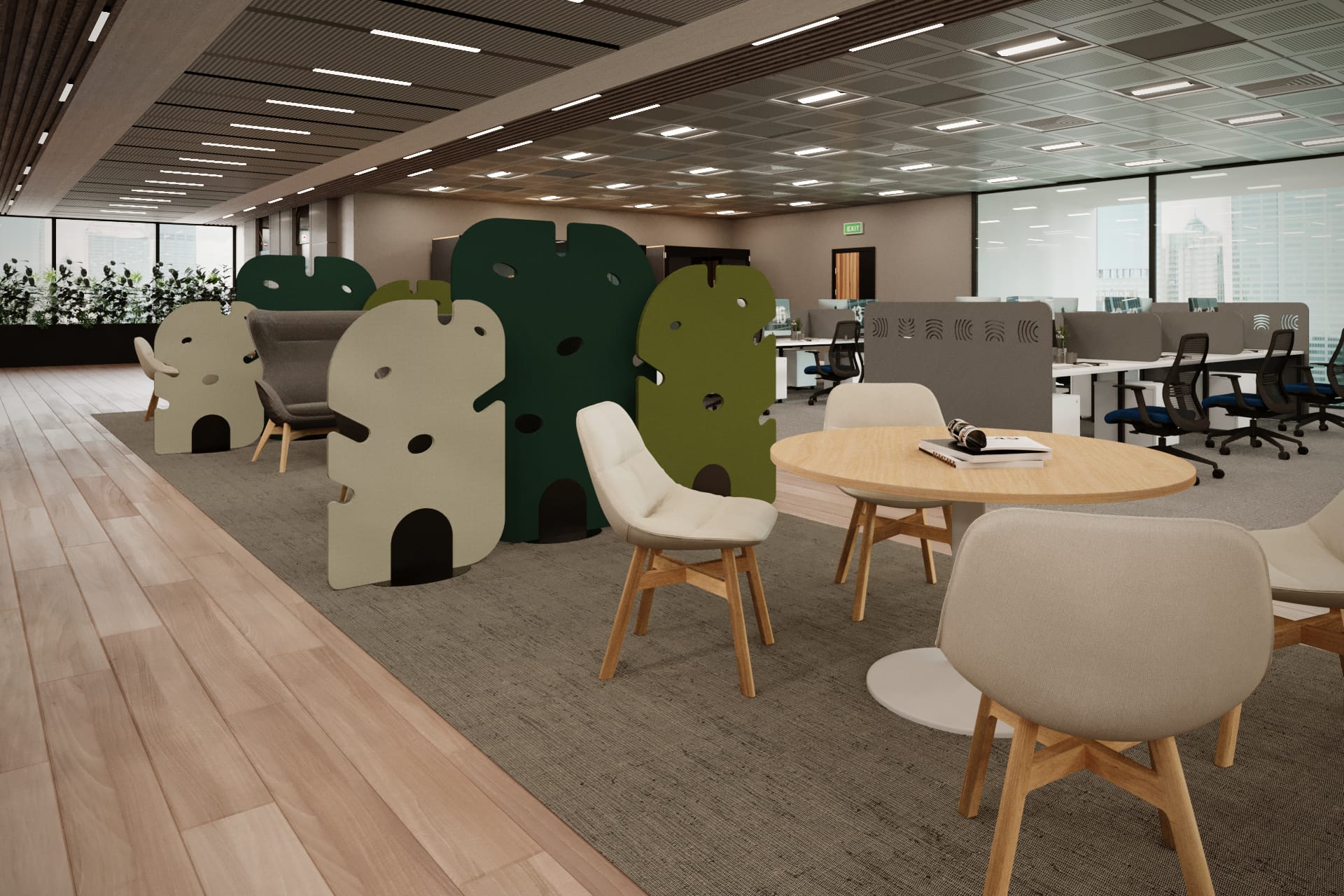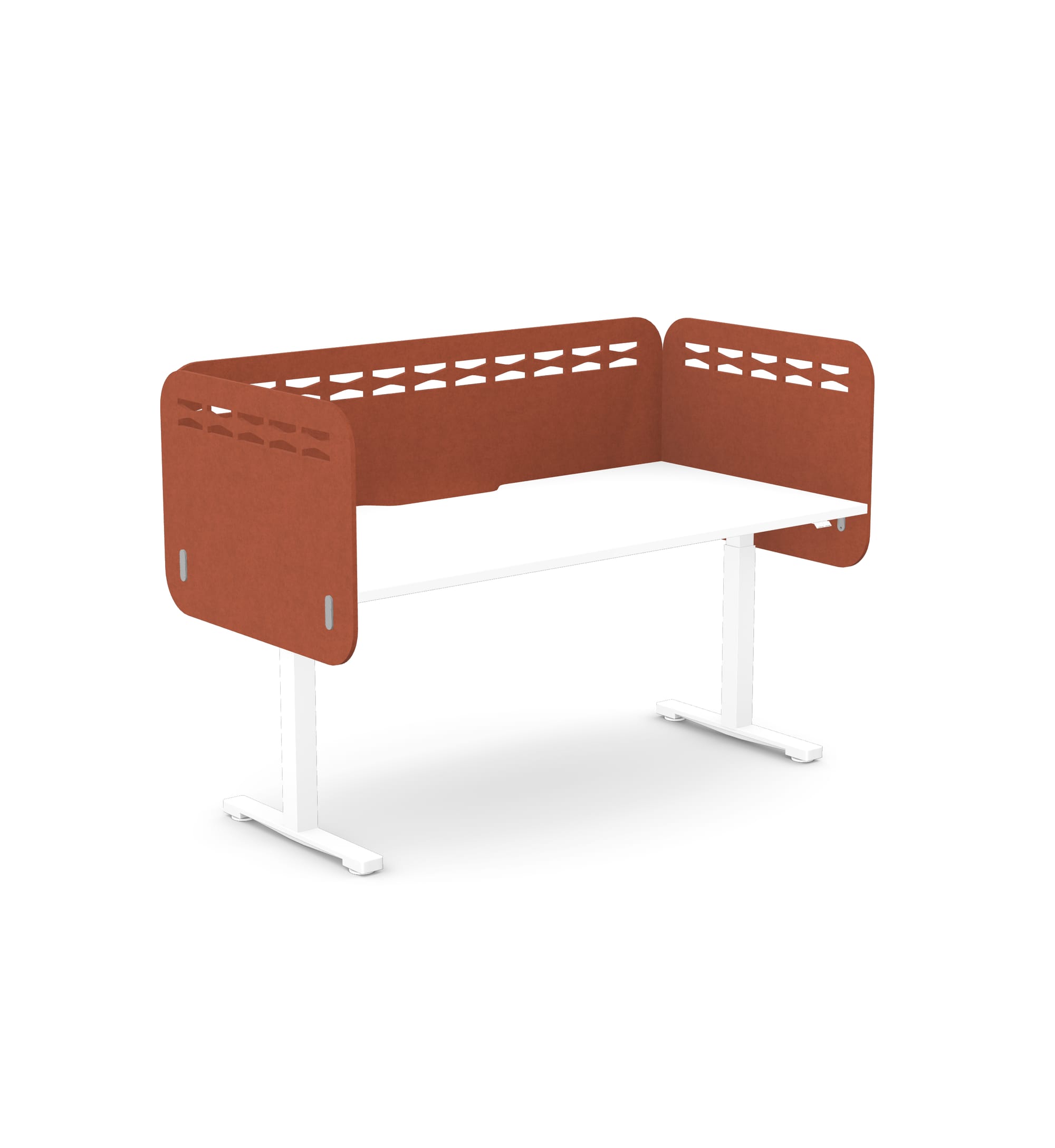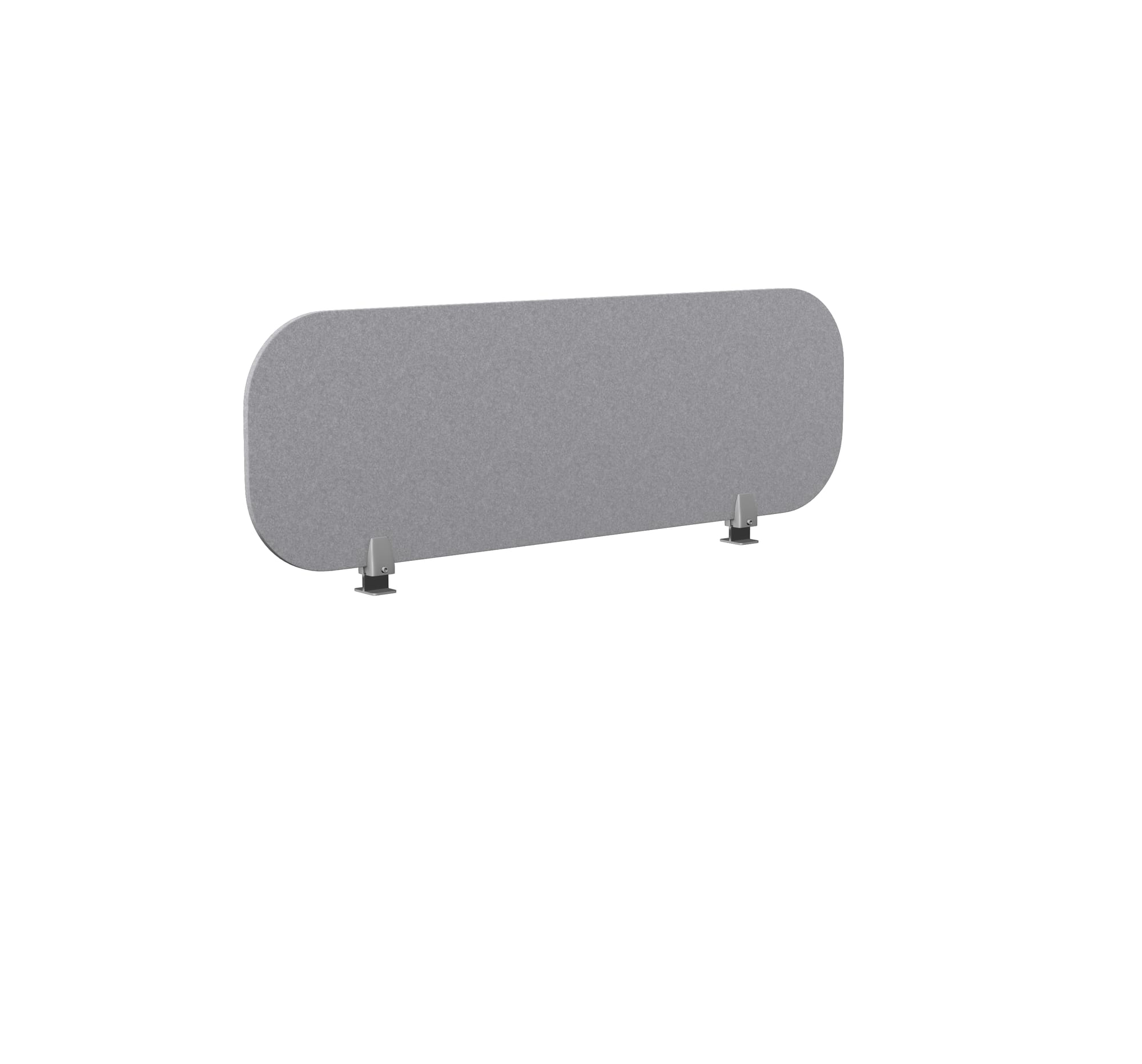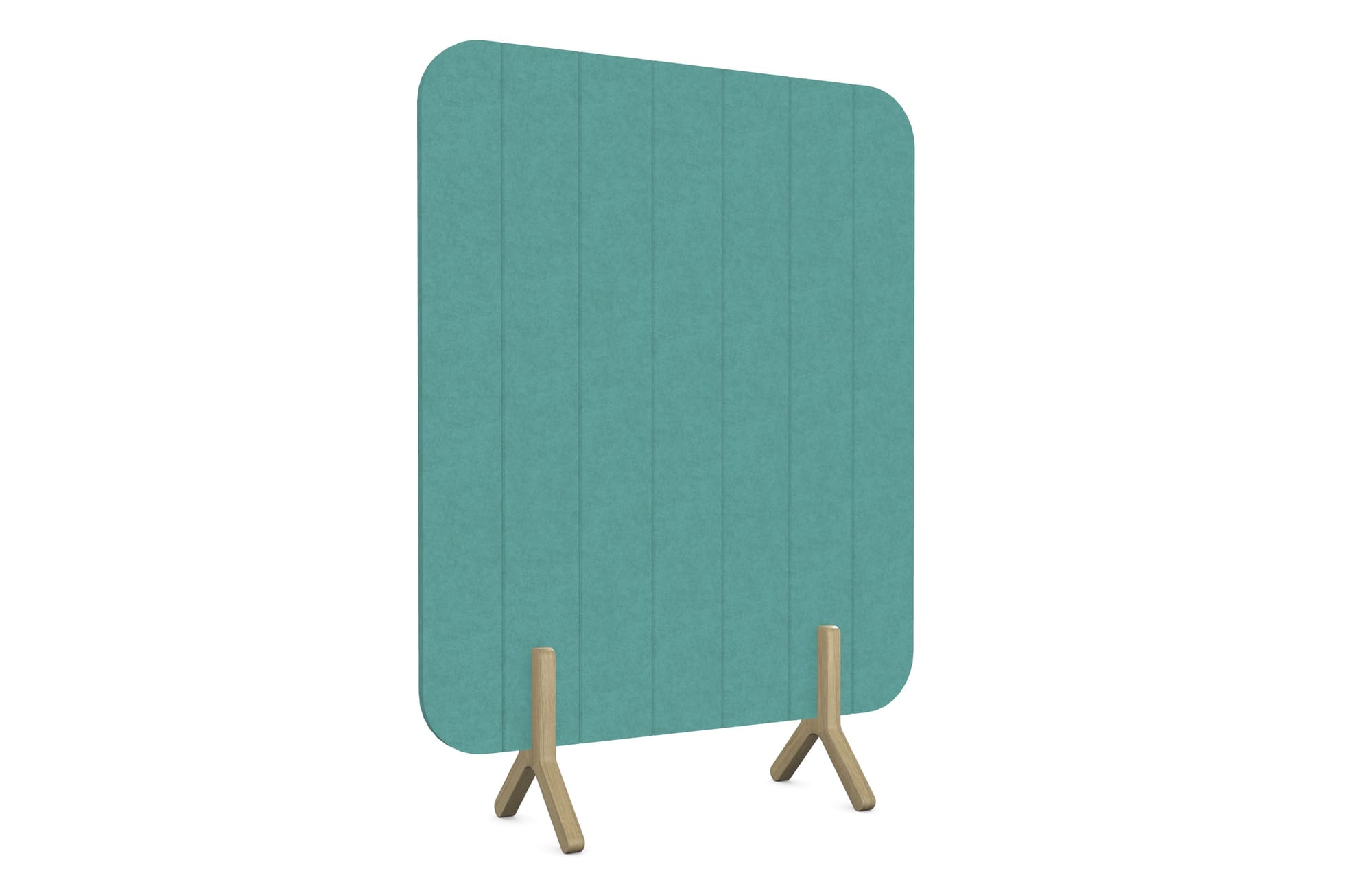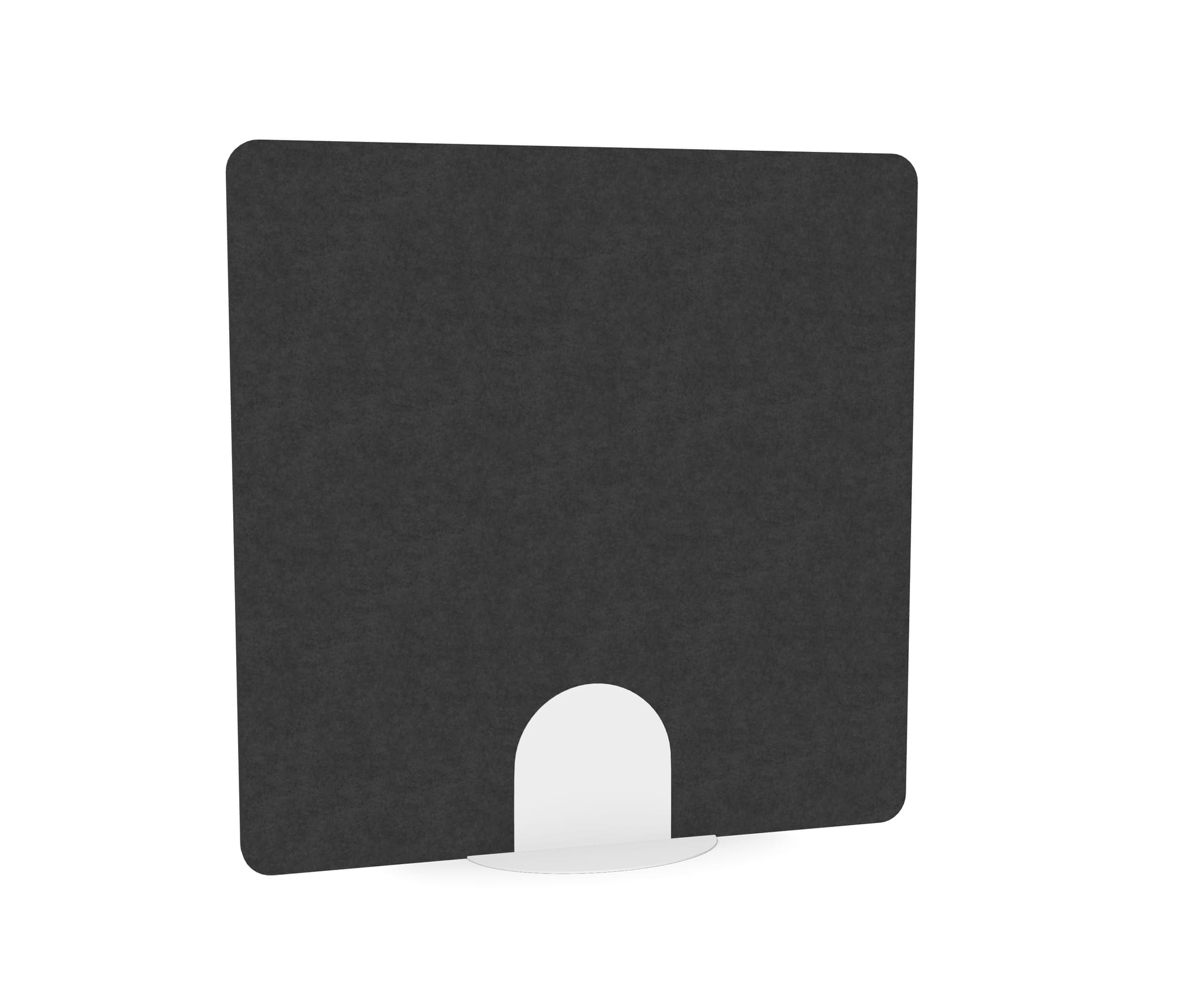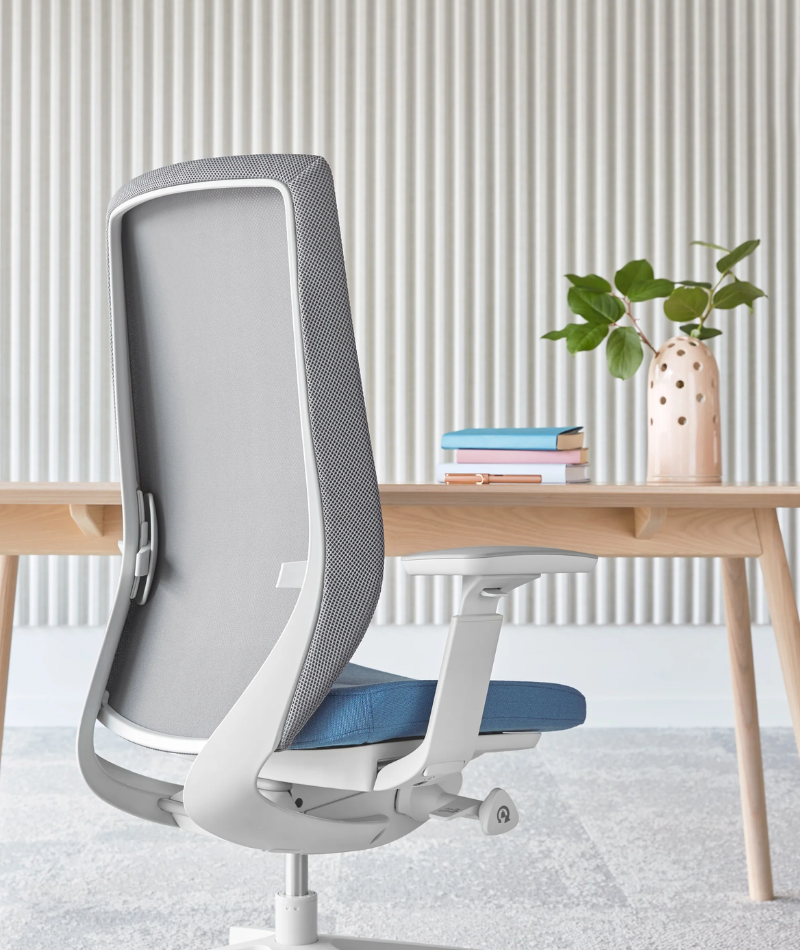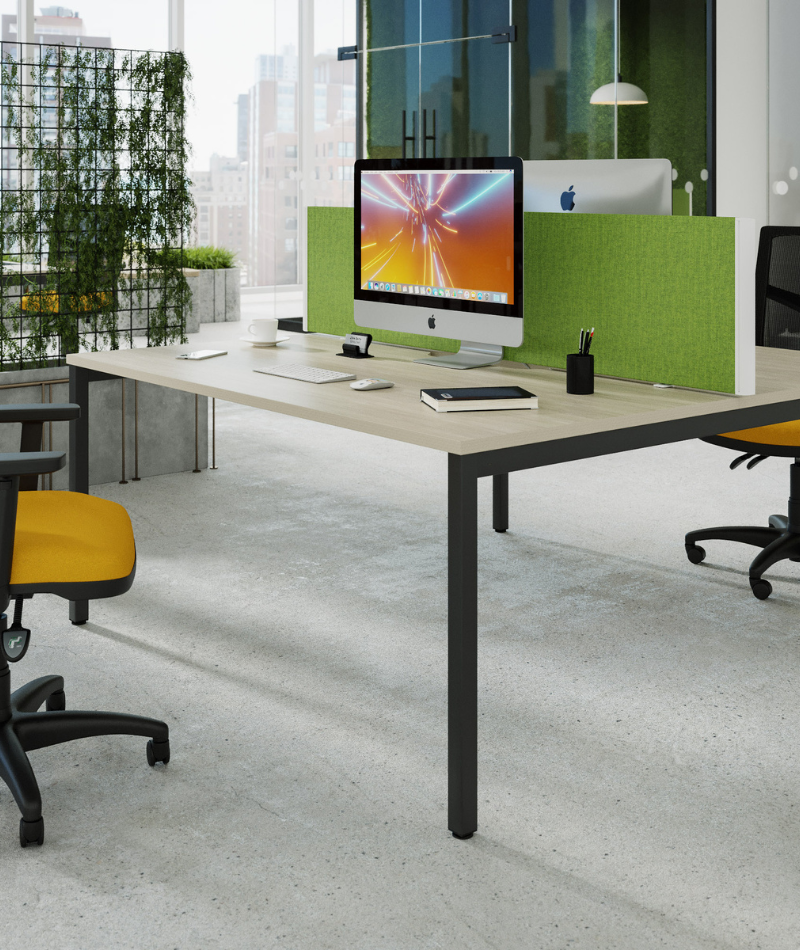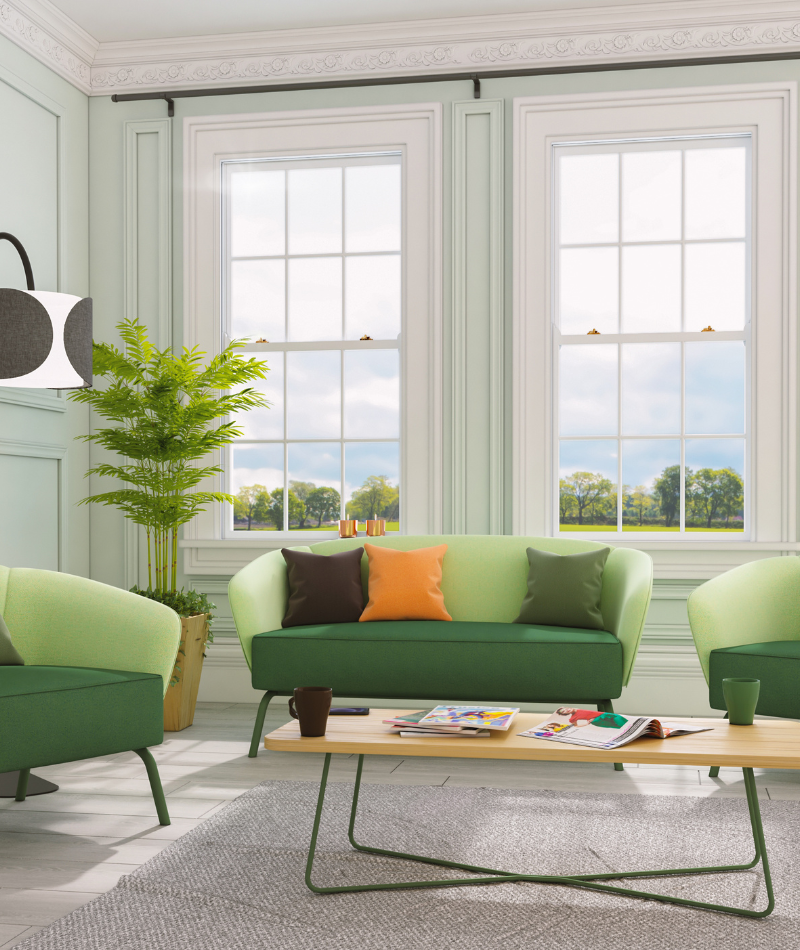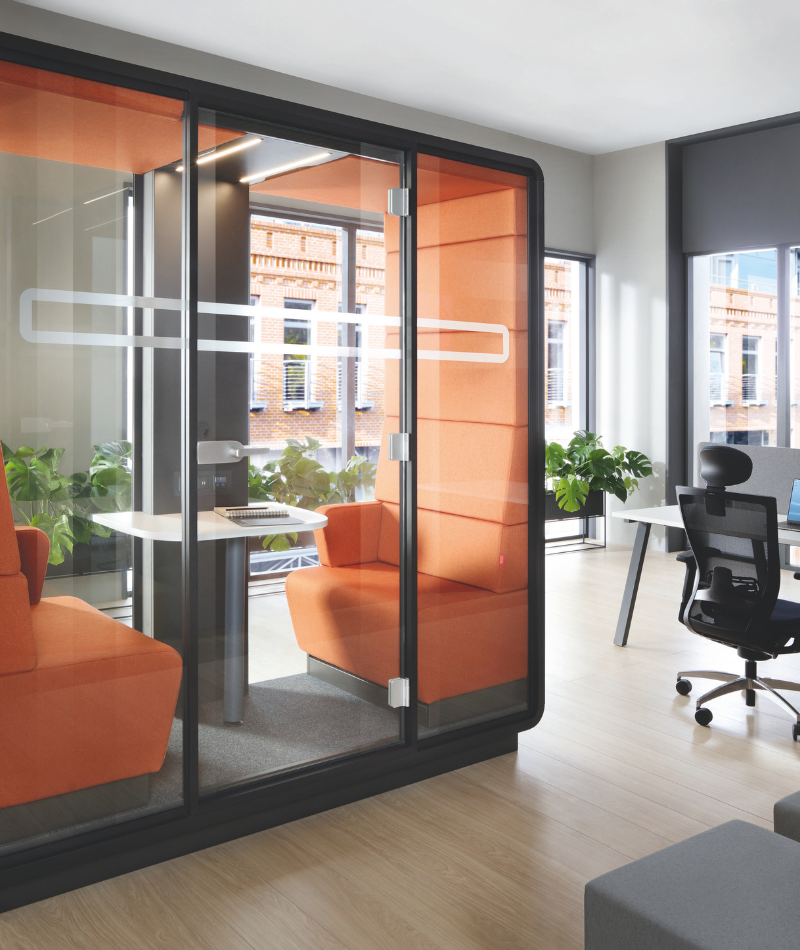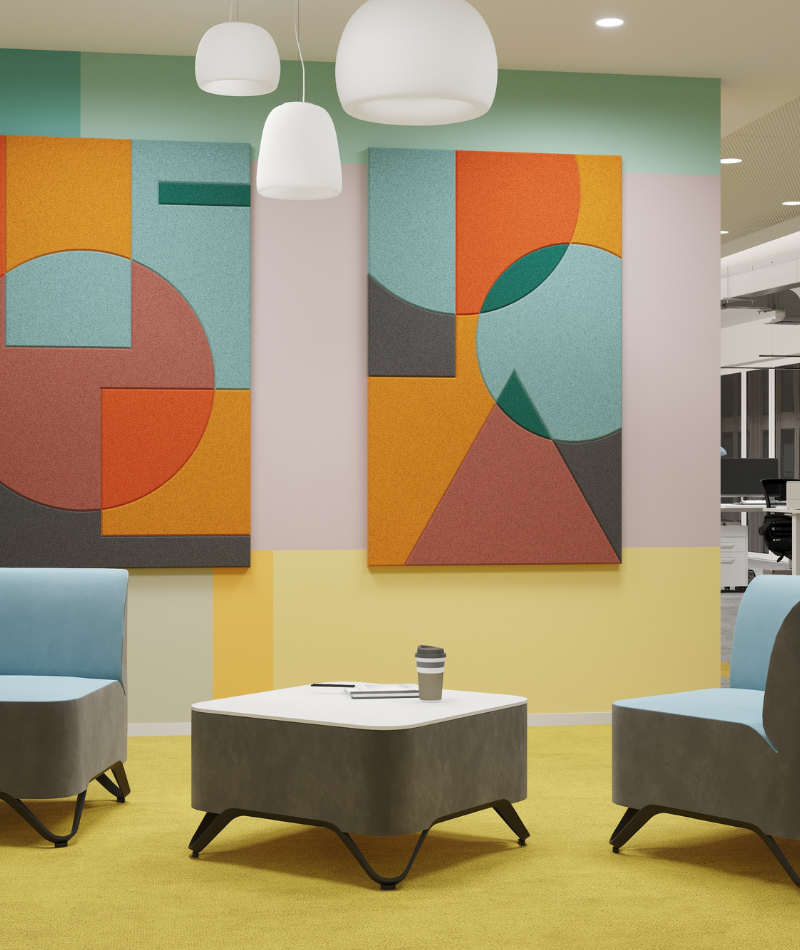Screens and Partitions Buyers Guide
With the shift towards open plan layouts in offices, as opposed to the traditional cubicles of yore, we have created spaces that have been designed with the goal of teamwork in mind. An open plan layout is a design for the modern office that fosters a sense of community, encouraging spontaneous conversations and collaborative problem-solving, enhancing creativity and communication. However, despite the plethora of benefits, there are still a few drawbacks.
I’ve picked an open-plan design, so why would I put walls back in?
One of the main concerns of an open plan layout is privacy. Another drawback you may be experiencing is unpleasant acoustics, which can both hinder productivity.
It can be difficult for some people to work in this environment, particularly those who need privacy and a lack of distractions to concentrate in order to output their best work. Currently, a majority of offices we see for rent are designed as open plan to cater to the broadest audience of potential businesses, so depending on your business type, or even down to your team, this layout may not suit your needs. Particularly in businesses where there are frequent telephone calls, like call centres or sales departments, the level of noise may get such that it becomes distracting and/ or difficult to compete with the ambient volume.
How might Screens or Partitions be the solution?
For Privacy– A lack of privacy can be mitigated in a cost-effective way with judicious implementation of screens or dividing walls to private, or semi-private workstations, providing optional and temporary separation, without committing to something permanent.
For Noise Pollution – Screens and partitions make it more difficult for sound waves to travel through space by blocking their path, (which in a large room can be quite far!), and reducing reverberation. By creating these barriers, you can easily and effectively soundproof your space and customise by how much.
For Zoning – many offices, due in part to being built without specific needs in mind, are made without any private office, meeting rooms, or separate breakrooms. Using a variety of office screens, you can increase the value of the space; by flanking certain desks or areas with these dividers, you can create the useful spaces that are lacking, without permanent installation.
What kinds of screens/ partitions are there?
Folding/ Concertina – these are often modular and can be linked together in-line or in a zig-zag formation to section off an area.
Desk-height dividers – these sit atop the table and give a suggestion of privacy without compromising the benefits of an open plan space.
Retractable – these nifty screens are like a roller blind, meaning they take up barely any room. These don’t necessarily provide any acoustic benefit, but they provide privacy with enormous flexibility.
Foam – covered by fabric, these screens provide privacy, act as an acoustic buffer, and can be used as display boards to boot.
Transparent– these allow light to pass through, which can be a concern of using opaque dividers, but they are also ideal when considering the health and safety of the office environment. Given our recent familiarity with how easily an illness can be spread, it’s important that we incorporate the lessons the pandemic has taught us. Perspex, acrylic, or glass screens help to slow the transmission of pathogenic particles, and due to their material being non-porous, they are easily wiped clean.
Mobile – for ease and flexibility, all of the above options can have (locking) castors fitted.



